#Juana of Austria
Text
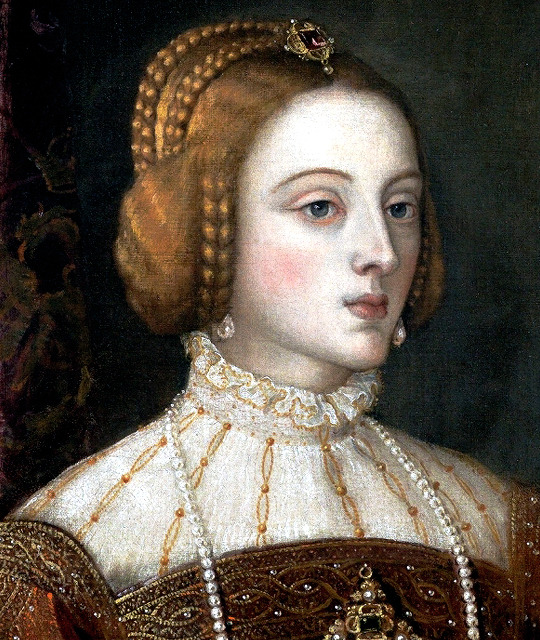

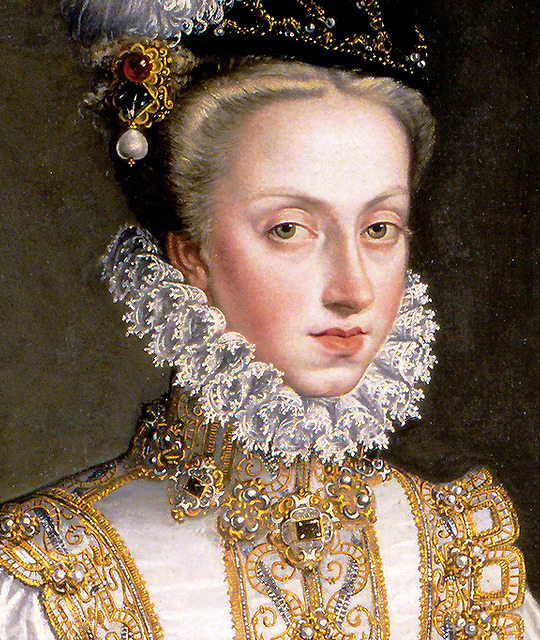
ISABELLA OF PORTUGAL by Titian, 1548
JOANNA OF AUSTRIA by Sánchez Coello, 1557
ANNA OF AUSTRIA by Bartolomé González y Serrano, 1570
#historyedit#isabella of portugal#joanna of austria#juana of austria#anna of austria#queen of portugal#queen of spain#princess of portugal#history#women in history#house of aviz#house of habsburg#titian#alonso sanchez coello#bartolome gonzalez y serrano#art#renaissance art#gramma isabella#joanna was isabella's daughter#and anna was joanna's niece#thus isabella's granddaughter#edit#x#i just love how anna looked more like her aunt than her own mom 🥹#and both joanna and anna looked like their grandma
387 notes
·
View notes
Text
How John of Austrias friends and family react to him getting a girlfriend
Elisabeth Valois: OMG we just have to get together so we can meet her!
Alexander Farnese: Ahhh yeahh bro. Does she send nudes?
Duke of Alba: Do I look like I care?!
Ana Mendoza: I bet it’s because she looks like me
Don Carlos: HA! That’s gay!
Juana of Austria: What church does she go to?
Philip ii: I think it’s best I supervise all your dates so as to keep an eye out for any pre marital handholding
#John of Austria#Alexander Farnese#don Carlos#Juana of Austria#duke of Alba#philip ii#Philip ii of Spain#elisabeth de valois#elisabeth of valois#Isabel de Valois#princess of eboli#Ana mendoza#incorrect quotes#🤪
4 notes
·
View notes
Text
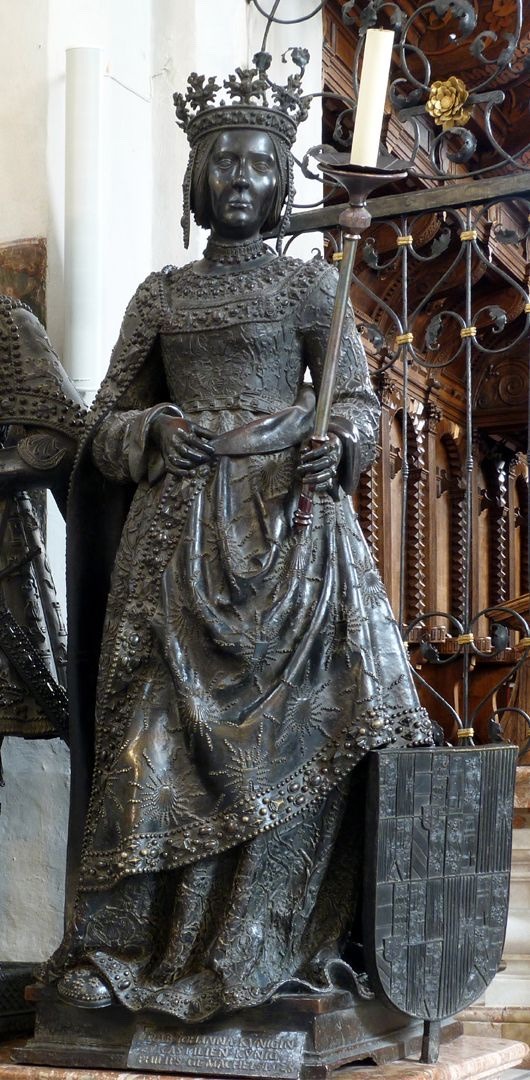

Bronze statues of Juana I of Castile and Archduchess Margaret of Austria in the Empty Tomb of Emperor Maximillian I
#juana of castile#juana i of castile#joanna of castile#Joanna I of Castile#Margaret of Austria#tomb#art#bronze sculpture#bronze statue#northern renaissance art#northern renaissance#renaissance art#renaissance#sixteenth century#16th century art#16th century#art history#history of art#maximilian i#holy roman empire#holy roman emperor
81 notes
·
View notes
Photo
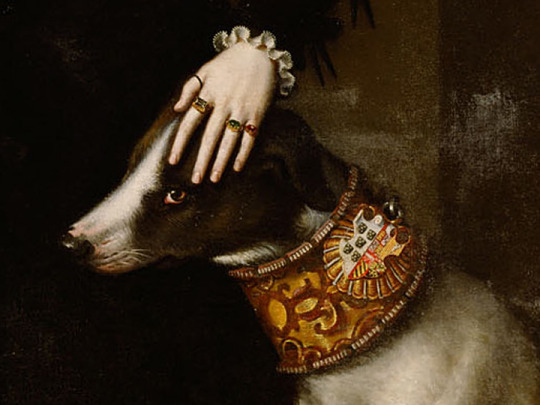
La Infanta Doña Juana (detail)
by Alonso Sánchez Coello (Valencian, 1532 - 1588)
oil on canvas, 1557
Kunsthistorisches Museum
21 notes
·
View notes
Text
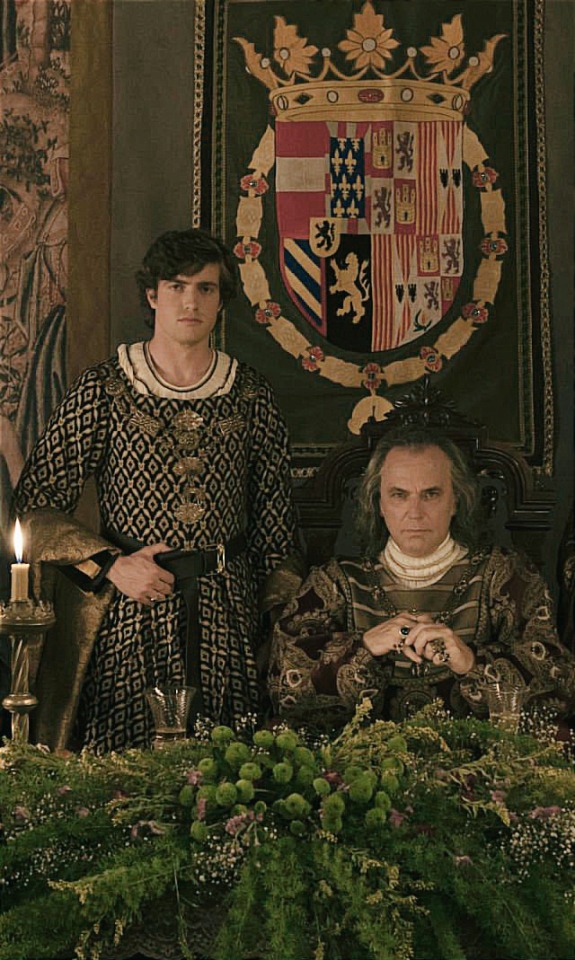

La Corona Partida 2016
Raúl Mérida as Philip The Handsome
José Coronado as Emperor Maximilian I
Irene Escolar as Juana of Castile
Úrsula Corberó as Margaret of Austria
#juana de castilla#juana of castile#philip the handsome#maximilian I#margaret of austria#la corona partida#irene escolar#raul merida#josé coronado#ursula corbero
6 notes
·
View notes
Text
Margaret of Austria is Shipwrecked and King Henry VII of England Writes to Her at Southampton – 1497
Probably by Pieter van Coninxloo
Diptych: Philip the Handsome and Margaret of Austria
about 1493-5
https://www.nationalgallery.org.uk/paintings/GROUP20
When King Charles VIII of France put into motion his plans to extend his power basis into Italy, he attacked Naples which belonged to the sphere of influence of King Ferdinand of Aragon. Holy Roman Emperor Maximilian I concluded an anti-French…

View On WordPress
#Burgundian history#Charles V#Duke of Burgundy#Ferdinand#Henry VII#Holy Roman Emperor#Isabella#Juan Prince of Asturias#Juana of Castile#King of Aragon#King of England#Margaret of Austria#Maximilian I#medieval history#Philip the Handsome#Queen of Castile#Spanish history#Women’s history
12 notes
·
View notes
Text
Don't mind me, I'm just thinking about how Joanna I of Castile named three daughters after her sisters and wanted to name her firstborn son after her brother.
#Joanna the mad#juana la loca#juana i of castile#Juana i de castilla#Isabel#Isabel la catolica#isabella i of castile#isabella of aragon#John of aragon#Isabel de aragon#catherine of aragon#Maria of aragon#Isabel de austria#Maria de Austria#Charles v#Catalina de austria#£#Isabella of austria#Marya of austria#Catherine of austria
27 notes
·
View notes
Text
Juana de Austria (anónimo español) - GCR / Joanna of Austria (Anonymous Spanish Artist)
Posterior a 1573. Óleo sobre lienzo. Galería de las Colecciones Reales. Madrid.
Continue reading Juana de Austria (anónimo español) – GCR / Joanna of Austria (Anonymous Spanish Artist)
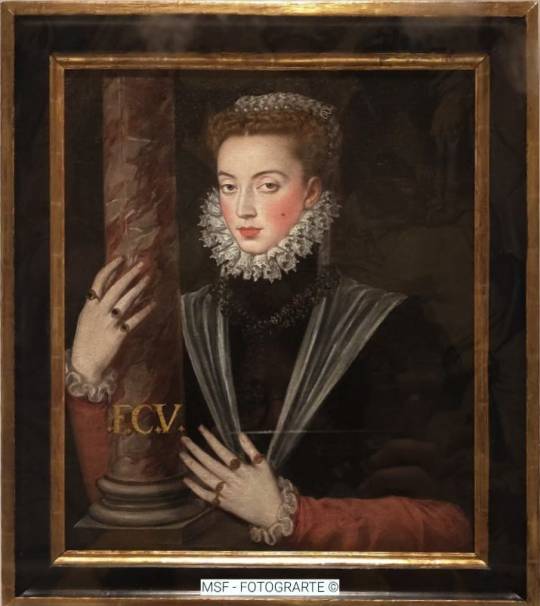
View On WordPress
#Carlos I de España y V de Alemania#Descalzas Reales (Madrid)#España#Felipe II de España#Galería de las Colecciones Reales (Madrid)#Historia#Juana de Austria#Madrid#Pintura#Siglo XVI
1 note
·
View note
Text

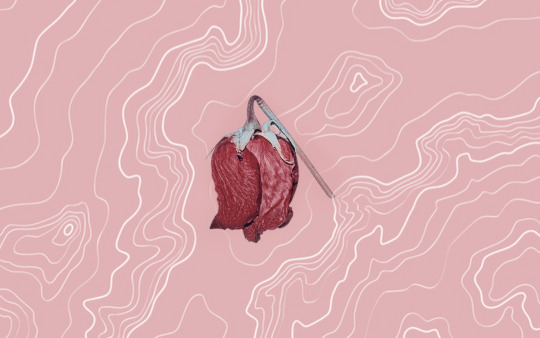


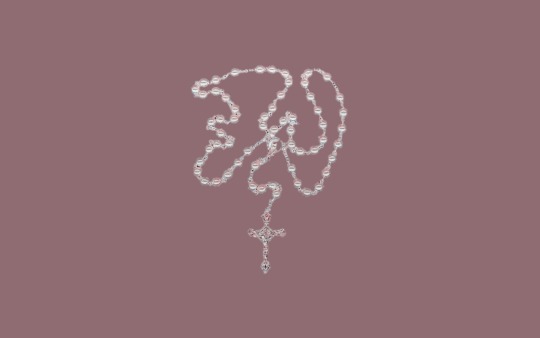



Isabel and Juana of Castile + quote
Happy birthday @latristereina !
Isabel had good cause for being upset. Such was “the disposition of the Princess” as the physicians described it, “that not only should it pain those who see her often and love her greatly, but also anyone at all, even strangers, because she sleeps badly, eats little and at times nothing, and she is very sad and thin. Sometimes she does not wish to talk and appears as though in a trance; her infirmity progresses greatly.” It was customary, they explained, to treat Juana’s infirmity through love, entreaty, or fear; but the princess had proven unreceptive to entreaty, and even “a little force” affected her so adversely that it was a great pity to attempt it and no one wanted to try, so that, beyond the queen’s customary immense labors and concerns, this weight of caring for her daughter fell upon her. It has been conjectured that Isabel’s illness could have been cancer, endocarditis—infection of the heart valve—chronic dropsy, or several of them combined. By the following June she had a visible tumor, although it is not known where or of what sort. In August she took Juana to Segovia, which she had seemingly avoided for years, telling her it was a step toward the north coast and her departure for Flanders. There Isabel continued to try with little success to get her to turn her mind to affairs of state.
Juana showed little interest in government and in her child, and a good deal of disregard for religious matters of any sort, and for public opinion as well. The princess appeared to disdain much of what Isabel valued, and even to represent the antithesis of the very qualities her mother valued most highly. Even so, Juana was her designated successor, and Isabel was determined to keep her in Spain and do her best to train her to be its queen. So the arguments against Juana’s departure were patiently repeated: the season, the sea, the French, that Philip should be safe in Ghent before she traveled, and did she not want to see her father before she left? The hope remained that Juana would stay and Charles join her, so that Isabel might have him educated in Spain’s customs and come to prefer its people. And with Juana and Charles there and Philip not, should Isabel die, Fernando, still king of Aragón, could surely manage to guide their daughter in governing Castile.
It was November. A treaty with France—arranged by the queen of France, Anne of Brittany, and Margaret of Austria—had been signed, and an envoy arrived from Philip requesting that Juana return to Flanders. Isabel, playing for time, responded that the princess, although better, was not well, that relations with France were still such that it was not safe for her to travel by land or, now that it was winter, by sea, that she had better wait until spring, and that “following her frame of mind and la pasión she has” that Juana should not be where there was no one who could quiet and restrain her for it might be dangerous for her. The implication was that Juana was emotionally out of control. Exactly what was meant by “restrain” we do not know.
-Peggy K. Liss, Isabel the Queen
#isabel de castilla#isabella of castile#juana de castilla#joanna of castile#joanna i#Isabel tve#juana la loca#mad love#michelle jenner#pilar lopez de ayala#period drama#perioddramaedit#historical women#my edits#graphic edit#filter by crownedfilters on ig
104 notes
·
View notes
Text


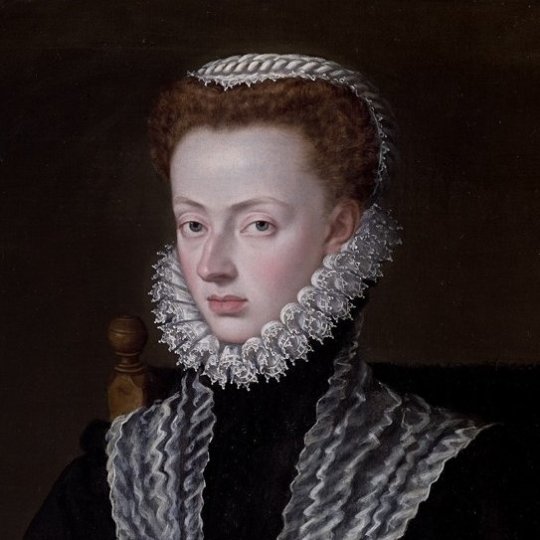

Sánchez Coello: Retrato de doña Juana de Austria
11 notes
·
View notes
Text
The Spanish-born de Guevara had been maître d’hôtel to Philip the Handsome and Juana of Castile. He presented Margaret [of Austria] with Jan van Eyck’s Arnolfini Portrait, believed to depict Giovanni di Nicolao Arnolfini, known as Giannino, and his second wife. Margaret adored the painting, still renowned as one of the most famous and intriguing works of Flemish art in the world, marking it in her inventory as ung tableau fort exquis. She took care to protect it, giving orders to fit the wings which were then attached to it with a replacement hinge, so that they closed properly. It is a painting Anne may well have seen and admired.
Hunting The Falcon, John Guy and Julia Fox
10 notes
·
View notes
Text
Thread about Joanna of Castile: Part 4: The birth of her children
Juana of Castile had six children. Here is a list of her children and their birthdates:
Eleanor of Austria: Born on November 15, 1498.
Charles V, Holy Roman Emperor: Born on February 24, 1500.
Isabella of Austria: Born on July 18, 1501.
Ferdinand I, Holy Roman Emperor: Born on July 10, 1503.
Mary of Austria: Born on June 18, 1505.
Catherine of Austria: Born on February 14, 1507

Eleanor of Austria was born a year after her uncle's death, the precedent heir to the Spanish throne, John, Prince of Asturias, and four months after her mother's sister's death, Isabella of Aragon, Queen of Portugal.

Clearly disappointed that their first child was a girl, Eleanor, Philip
required Juana to pay for the infant’s nursemaids and attendants.
“The Archduchess may provide for the places in the household of this child because it is a daughter,” Philip asserted. “When God grants us a son, I shall provide for his household.”
God did grant them a son. Juana gave birth to Charles in March 1500, much to Philip’s joy: fireworks raced across the sky, church bells rang, and Philip gave Juana a magnificent and costly emerald as a reward. Their third child, prudently named Isabella after Juana’s mother, was born in July 1501. Because Juana was pregnant with Isabella when news of Prince Miguel’s death and her subsequent inheritance reached her, she and Philip were unable to start for Spain until the autumn of 1501, a couple of months before her twenty-second birthday. For the death of Prince Miguel at Granada on 20 July 1500, five months after the birth of Charles, at Ghent, would convert Juana into heir apparent, and her lost homeland into her future and destination.
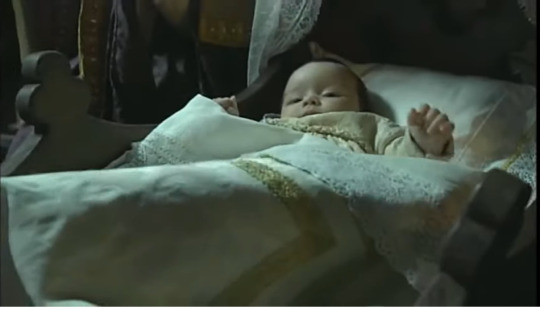

On 15 July 1501, she gave birth, in Brussels, to her third child, Isabella (later queen of Denmark).
A new Spanish envoy, Juan Rodríguez de Fonseca, bishop of Córdoba, reported that Juana seemed eager to serve her parents and was widely thought to be “very sensible (cuerda) and very level-headed (asentada).” Opinion was divided as to whether she should do more to promote Spanish interests.


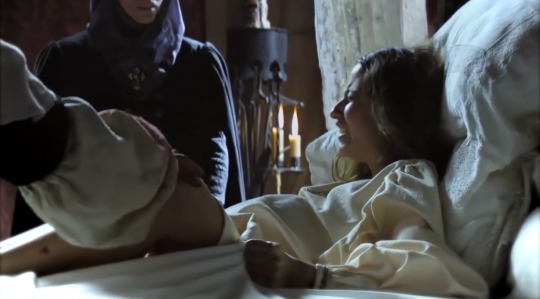

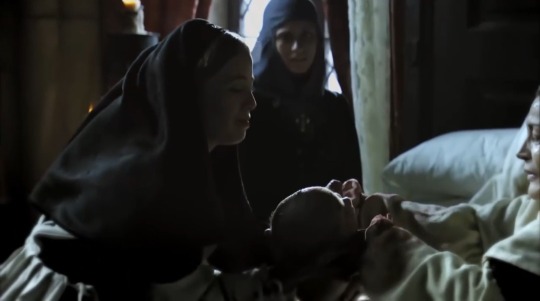
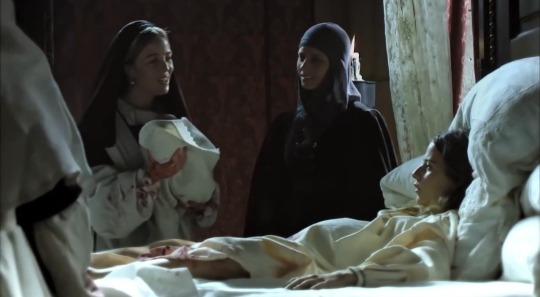



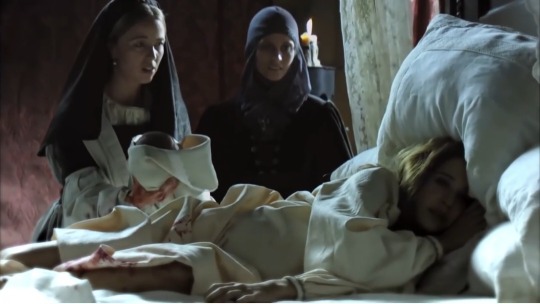
On July 10, 1503, Juana gave birth to her fourth child, Ferdinand I, Holy Roman Emperor, in Alcalá de Henares, Spain.
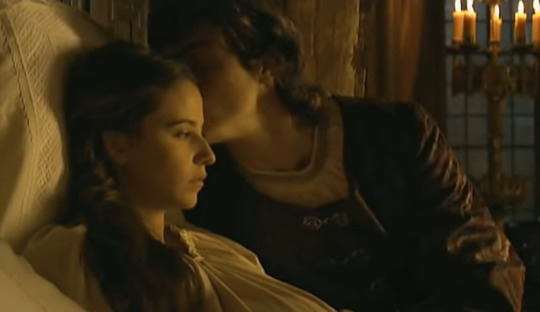
On 15 September, feverish and in pain, the queen gave birth to a
third daughter. Marie, the later Mary of Hungary, was baptized on 20
September at the church of Notre Dame de Sablon. Juana’s seclusion and captivity had long deprived her of her children and, during those rare moments when Philip tried to use them to soften her stance towards him, she had found it unsettling. But she now sought to maximize her time with them. Early in November, Philip left Brussels for Mechelen and Antwerp on the first leg of the second Spanish journey. Juana set out separately, intending to travel through Ghent and Bruges, and, Querini noted, she “has had all the children brought from Malines [Mechelen] and takes them with her to enjoy their company …”

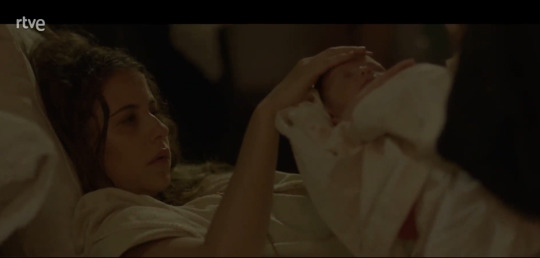

Juana gave birth to her last child and daughter, Catherine of Austria in Torquemada, a town in the province of Palencia, Spain. Catherine was born on February 14, 1507, in the Torquemada Castle. When she was pregnant with her last child, Catherine of Austria, Joanna's mental instability had already worsened. She gave birth while she was in the town of Torquemada, and it is said to have been a difficult and complicated birth.
20 notes
·
View notes
Photo


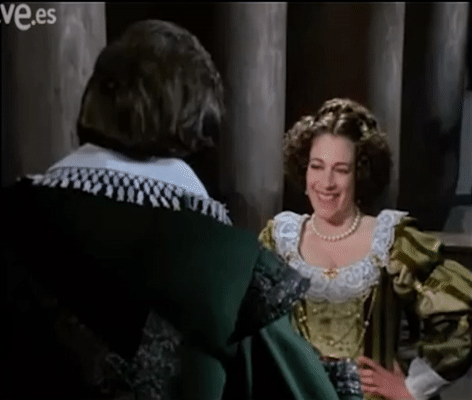





María Inés Calderón (1611 – 1646 )
“A woman who apparently was not beautiful, but she had a lot of grace and charm. In addition to reciting, singing and dancing very well.”- Elvira Menéndez
María Inés Calderón, known as La Calderona and Marizápalos, was the most important actress in the Spain of the seventeenth century, who became the mistress of King Felipe IV and mother of his illegitimate son, Juan José of Austria. La Calderona was involved in a relationship with Ramiro Pérez de Guzmán, Duke of Medina de las Torres, at the time Felipe IV first saw and got smitten by the actress-singer on her debut at the Corral de la Cruz theatre in Madrid in 1627. But when the king got in the way, the lover had no choice but bow his head. La Calderona became the favorite of Felipe IV.
Enamoured of the red-headed actress, Felipe IV installed his lover in a balcony overlooking the square, a decision that flew right in the face of convention as these seats were meant to be the exclusive preserve of the aristocracy. After spotting her rival sitting in the posh seats, the queen Isabel de Borbón flew into a rage and threw La Calderona out of her love nest in the palace. To compensate, the rather sneaky king, then ordered that a secret balcony to be built under an arch. In this way, his lover could attend events at the Plaza Mayor and remain out of sight.

Upon the birth of her son in 1629, La Calderona lost the custody of him despite her protests. Her relationship to the king ended the same year. There were rumors at the time that her son was fathered by Ramiro Pérez de Guzmán. La Calderona was forced to become a nun against her will. Felipe IV ordered her entry into the monastery of San Juan Bautista of Valfermoso de las Monjas, in Alcarria, where the interpreter would lose contact with life, the theater, her son. In 1642, the King recognized Juan José officially as his son, and Juan José began his life's career as a military representative of his father's interests.
It was said that she died in closing, already under the name of Mrs. Maria de San Gabriel, Abbess. But it has also been written that she fled: that she managed, on the one hand, to escape from God's mandate and escape, along with a bandit, to the Sierra de la Calderona (Valencia) and, in another version, that she returned to Madrid, where she would welcome the guild of actors: « A kind of union that gave relief to interpreters who were in poor condition or who were already older. There seems to be data that helped her. Which would mean that she did not die in the convent as they officially said ».
The few concrete data of María Inés Calderón have served to increase the legend. Also regarding her family. It is not uncommon to find references to Pedro Calderón de la Barca as father of the creature. But far from it. It seems that, being very small, appeared at the door of Juan Calderón, a lender of the theater world and father of Juana, also an actress, although not as renowned as «La Calderona».
(x)(x)
#Maria Inés Calderón#La Calderona#Felipe IV#Philip IV#Juan José de Austria#Juan José of Austria#women in history#Spanish history#Carmen Maura#Paisaje con figuras#documentary
22 notes
·
View notes
Text


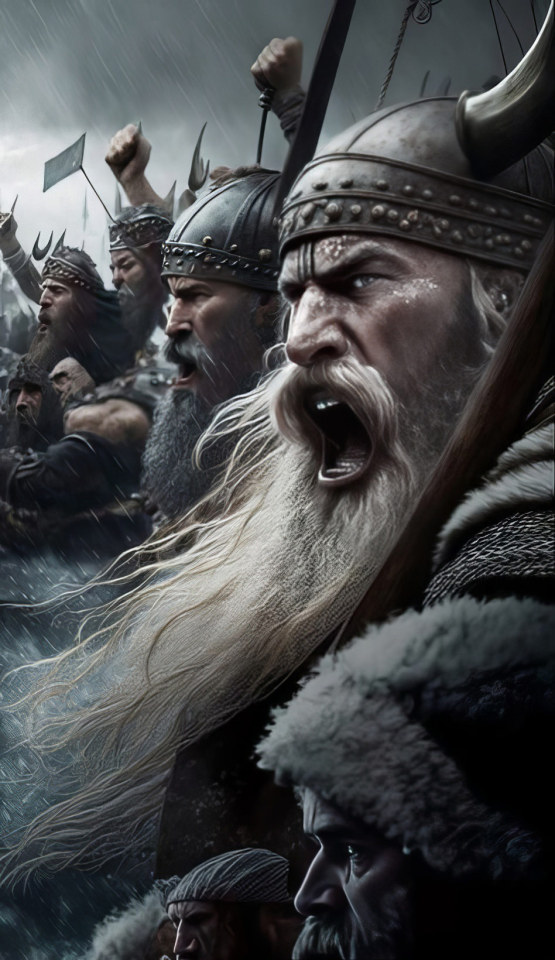

IMAGENES Y DATOS INTERESANTES DEL DIA 16 DE NOVIEMBRE DE 2023
Día Internacional para la Tolerancia, Día Mundial de la Filosofía, Día Internacional del Flamenco, Día Internacional del Patrimonio Mundial, Día Mundial del Cáncer de Páncreas, Día de la Empresa Social, Semana de Concienciación sobre el Azúcar, Semana Mundial del Emprendimiento, Año Internacional del Mijo y Año Internacional del Diálogo como Garantía de Paz.
Santa Agustina y Santa Margarita.
Tal día como hoy en el año 1945
En Londres, capital del Reino Unido, se funda la Organización de las Naciones Unidas para la Educación, la Ciencia y la Cultura (más conocida por sus siglas: UNESCO), organismo dependiente de Naciones Unidas, cuyo objetivo primordial será, no ya la construcción de escuelas en países devastados o la publicación de hallazgos científicos, sino uno mucho más amplio y ambicioso: "construir la paz en la mente de los hombres mediante la educación, la cultura, las ciencias naturales y sociales y la comunicación". En suma, hoy en día la UNESCO promueve la cooperación internacional en materia de educación, ciencia, cultura y comunicación entre sus más de 190 Estados Miembros y sus varios Miembros Asociados. (Hace 78 años)
1938
En el marco de la Guerra Civil Española, se da por concluida la cruenta Batalla del Ebro tras 115 días de combates, cuando las tropas republicanas se repliegan a la margen izquierda del río Ebro con bajas cifradas en más de 10.000 muertos, 33.000 heridos y 20.000 prisioneros. Con la frontera francesa cerrada desde junio y diezmado el ejército republicano, la victoria total de las tropas nacionales se producirá en poco más de cuatro meses. (Hace 85 años)
1904
EE.UU. compra a la Compañía del Canal de Panamá sus derechos y propiedades por 40 millones de dólares. (Hace 119 años)
1885
En EE.UU., George Eastman logra impresionar imágenes en papel cubierto de bromuro de plata, marcando el camino a los rollos fotográficos. El papel, que se utiliza sólo como soporte provisional para la emulsión, se despega después del revelado, dejando una película negativa delgada. (Hace 138 años)
1870
En Madrid resulta elegido por las Cortes como rey de España el duque de Aosta, Amadeo de Saboya, lo que provocará el descontento de los carlistas que iniciarán una nueva guerra. (Hace 153 años)
1855
El explorador británico David Livingstone se convierte en el primer europeo en ver las cataratas Victoria (Mosi-oa-Tunya, "el humo que truena"), en el río Zambeze, situadas en la frontera de las actuales Zambia y Zimbabwe. (Hace 168 años)
1700
Felipe de Borbón, duque de Anjou, tras la muerte de Carlos II (perteneciente a la Casa de los Austria), acepta el trono de España que éste le deja por herencia, bajo el nombre de Felipe V. Tres meses más tarde, el representante de la nueva dinastía borbónica, entrará en Madrid, donde será acogido con júbilo. A pesar de todo, poco después, España se convertirá en un campo de batalla al estallar la Guerra de Sucesión. Su reinado traerá también profundas reformas que modernizarán el país incorporándolo al mundo de la Ilustración. A su muerte, en 1746, dejará a España sumida en la bancarrota y en guerra con Austria. Le sucederá Fernando VI. (Hace 323 años)
1519
Aunque fundada en 1513 en otro asentamiento hoy llamado Surgidero de Batabanó, Diego de Velázquez de Cuéllar traslada la ciudad de la Habana a la Bahía, lugar que ocupa actualmente, donde las condiciones de habitabilidad son mucho mejores. En el día de hoy se oficia la primera misa y se da por fundada oficialmente, en nombre de los Reyes de España, Carlos I y Juana I, la Villa de San Cristóbal de La Habana en su nuevo emplazamiento. (Hace 504 años)
3 notes
·
View notes
Text
Bust of whom?
I recently watched this podcast from Harvart Art Museum. I believe it is nice that they managed to atribute it finally to Pietro Torrigiano and prove it is 16th century original. However, I believe they are wrong in thinking it could be Mary Rose.
youtube
They went with Mr Mathews’ ‘reidentification’ of Sittow’s portrait as Mary Rose and with letter from 1510 where Margaret of Austria asked the sculptor to fix the bust of Mary Rose because the neck has broken-and this one is broken it that place. But plenty of Torrigiano’s bust could have broken in that place, because it is the bust’s weakest point.
But they are correct that there is some resemblence to this portrait:

That shape of mouth is very like Catherine of Aragon, and overall face in some aspects resembles her-but it isn’t her imo. Obviously the nose and eyes are different shape. Though nose tip is kind of similiar.
My conclusion? It’s probably Catherine of Aragon’s relative form Netherlands. Probably her niece. But which?!

Let’s be honest-in all portraits their lips are fuller than this. But not always the portraits can capture the features that well, due to unflatering angles etc, and sometimes the artist struggled to capture the features well.
In portraits and in sculptures.
Based upon nose you’d say it should be Mary of Austria, because she had nicest nose. But if the size of lips could be downplayed, so could be the nose.
Which means it could be any of the sisters.
The deal breaker here is the fashion. It’s c.1520(hence long after that letter):

But it has split front of the gown-which in netherlands was not fashionable since c.1505. Big contradiction right? Well, it’s logical actually, because this is probably not mainstream netherlandish fashion.
It’s style of Isabella of Austria:

She as Queen of Denmark, Norway and Sweden, kept to netherlandish fashion to great degree.(While her sisters abandoned it for foreign styles.) But weather in Denmark is colded than in Netherlands and she was forced to adapt for it.
If you look back to the bust’s details-the gown is lined with fur, the kirtle is lined with fur, plus much thicker chemise/parlet(we can’t tell).
I am not saying the bust is good likeness on her features, but you can see some of that resenblence in eyes and nose.

Obviously the mourning headwear would lead you believe it could be Margaret, but since there is pretty good resemblence to Catherine, I doubt it. (Though of course due to them being related it is not 100% impossible.)
In 1519 twin boys of Isabella have died and her grandfather died also, so she would certainly have reason to go to mourning around 1520. Imo it is Isabella.
Alternatively, it could be Margaret of Austria or Isabella’s sisters Eleanor or Mary (but after they have since abandoned netherlandish fashion) or their mother Juana of Castile not from life(in Netherlandish fashion of much later than start of her imprisoment) or not very good likeness of Catherine of Aragon herself.
When Charles V visited England in 1520, perhaps she could have worn netherlandish fashion and had bust made to comemorate the occasion. However-it’d have to be poor likeness in eyes and nose. Nose perhaps could change with health issues and age. Eyes-nope.
And I have no explanation as to why she’d wear mourning headwear at the time.
Unless she sent the bust to Charles V as gesture of defiance as Henry VII was preparing to meet French in Field Cloth of Gold-as sign of her not agreeing with being friendly to French and mourning such decision.
We know she was strongly against French, but this would mean actively trying to sabotage the meeting. Would that fit her character? It’d certainly not fall into obedient wife cathegory.
Tell me what you think. Bad likeness of Catherine of Aragon’s niece or bad likeness of Catherine herself?
#Netherladish fashion#c.1520#sculpture#habsburgs#or ultimate sabotage of Cloth of Field of Gold by Catherine of Aragon?
16 notes
·
View notes
Text
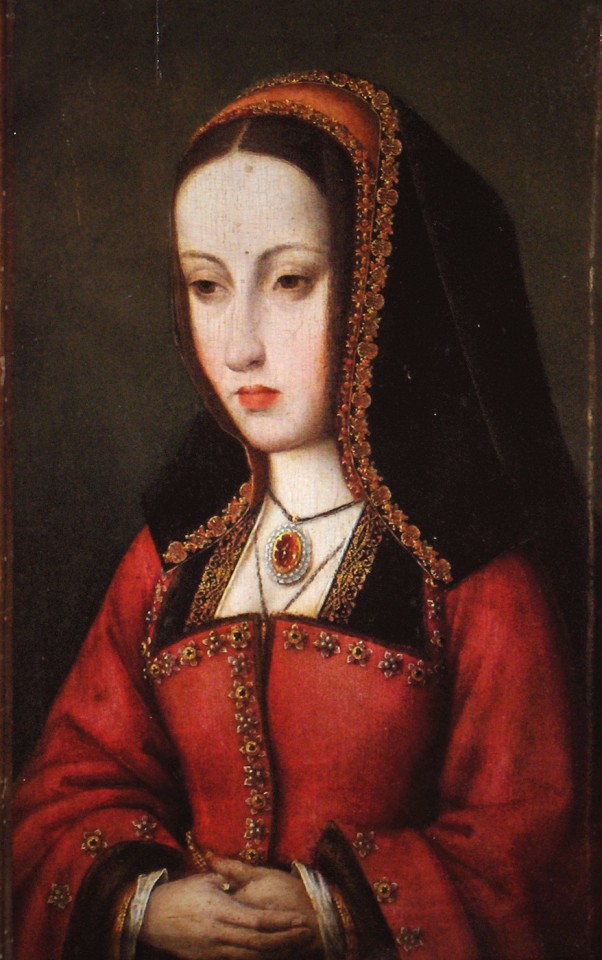
Jacob van Lathem
Juana I de Castilla (Juana la Loca)
óleo sobre tabla. 1495
Nacida en la ciudad de Toledo el 6 de noviembre de 1479, Juana I de Castilla era la tercera hija de los Reyes Católicos. La muerte de sus hermanos mayores y de uno de sus sobrinos la convirtieron en la heredera de las Coronas de Castilla y Aragón en el año 1500.
Juana era inteligente, ya que aprendió latín y poseía y tenía notables aptitudes para la música.
Los Reyes Católicos la casaron con el archiduque austriaco Felipe el Hermoso ,archiduque de Austria, duque de Borgoña, Brabante y conde de Flandes. Tuvo con él seis hijos:
Leonor, reina de Francia
Carlos I de España
Isabel, reina de Dinamarca
Fernando I del Sacro Imperio Romano Germánico
María, reina de Hungría
Catalina, reina de Portugal
La llamaban "Juana la Loca" se cuenta, por su conducta irremediable de apasionados celos que sentía por las infidelidades de su esposo Felipe I, al que ella amaba con tal fervor, que la llevó supuestamente a la locura.
Los investigadores nos cuentan que quizá Juana no estaba tan loca, si no que así la quisieron otorgar este título para poder terminar encerrándola y de está forma quitársela de en medio para que el siguiente en la línea de sucesión a la corona de Castilla fuera otro a conveniencia.
El 25 de septiembre de 1506 murió su esposo Felipe I el Hermoso, según algunos, envenenado, lo que nos lleva a pensar que quizás hubo un complot no solo contra la Reina Juana I, si no también contra el Rey Felipe I para poder conseguir el trono por parte de Fernando el católico pues el confinamiento de doña Juana , por su presunta incapacidad mental, y la muerte de Felipe, era esencial para la legitimidad en el trono castellano, primero de su padre, Fernando, y después de su hijo, Carlos I.
Desde que su padre la recluyera, en 1509, la reina Juana permaneció cuarenta y seis años en una casona-palacio-cárcel de Tordesillas, vestida siempre de negro y con la única compañía de su última hija, Catalina, sus damas y un retrato de su amado esposo Felipe I.
📍Museo Nacional de Escultura de Valladolid
3 notes
·
View notes